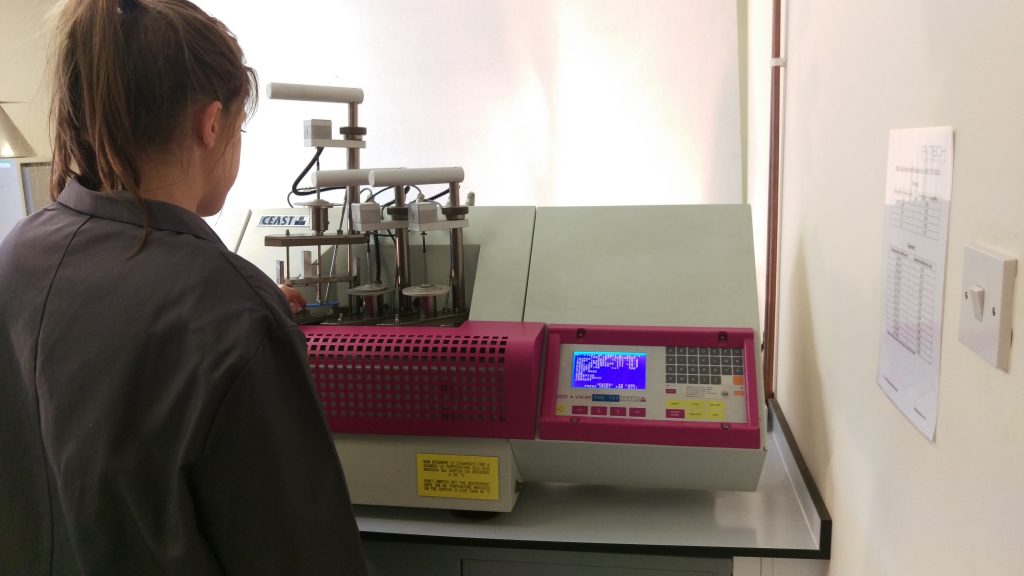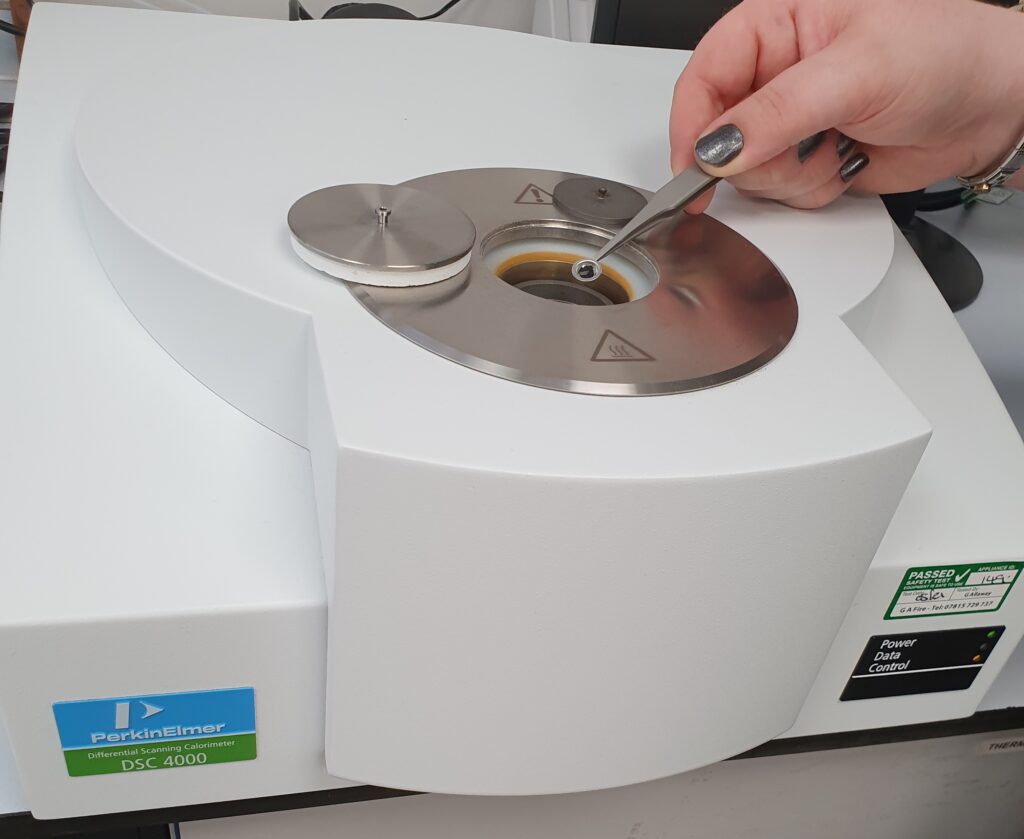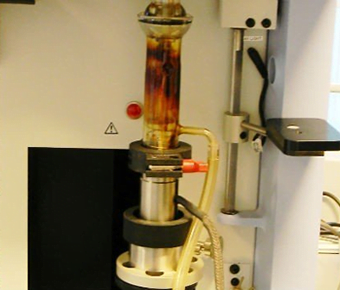Characterisation & Microscopy
R-TECH Materials has a range of techniques available for the characterisation of both the macrostructure and microstructure of materials. Materials characterisation covers a range of diverse techniques, but the main techniques involve imaging by means of optical or electron microscopy.
Other characterisation techniques include thermal analysis, surface texture, dimensional measurement, particle size distribution, thermal conductivity, fibre content, water absorption, coating thickness, and many others.

Microscopy
Our microscopy suite, including a HIROX digital microscope can be utilised for a wide range of materials to characterise properties such as:
- Phase
- Void content
- Grain structure
- Particle size

SEM
The in-house Zeiss EVO 60 scanning electron microscope with Oxford INCA EDX microanalysis system enables magnification up to X50,000. This powerful imaging technique used for metallic and non-metallic materials is widely used for the examination of fracture surfaces, corrosion products, material defects etc.
The Oxford INCA microanalysis system can also be used to identify the elemental composition of local areas on the specimen surface. This is an invaluable tool for the identification of corrosion products, contamination, identification of defect sources etc.

Physical Properties
- Specific Gravity / Density
- Absorption of liquids (oils, water, acids)
- Non-volatile content
- Shrinkage Measurement
- Viscosity
- Gel time
- Dimensional tolerance measurement
- pH
- Particle Size
- Void content

Thermal Properties
- Differential Scanning Calorimetry – DSC
- Dynamic Mechanical Analysis – DMA
- Thermogravimetric Analysis – TGA
- Thermal Mechanical Analysis – TMA
- Temperature Deflection Under Load – TDUL

Thermogravimetric Analysis
- Loss of water
- Loss of solvent
- Decarboxylation
- Oxidation
- Decomposition
- Filler Content
- Non-Volatile Content
- Vapourization
- Sublimation
